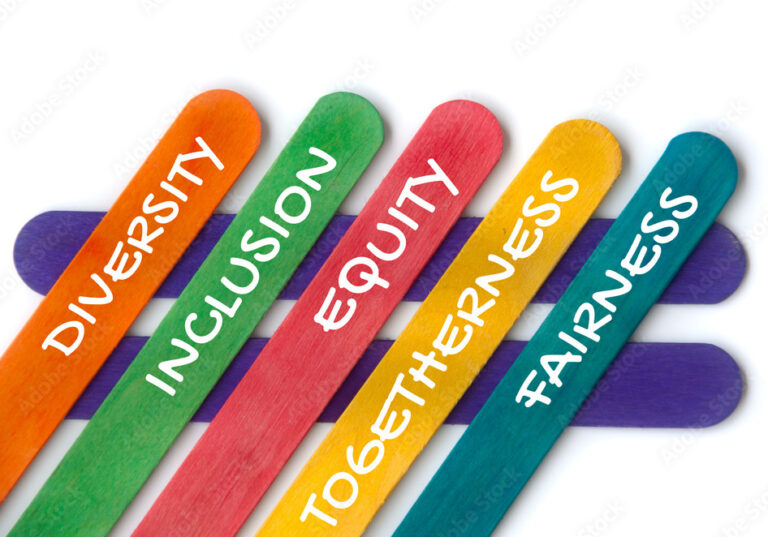Creating an equitable and inclusive classroom environment is a top priority for teachers today. Equity sticks are a simple yet powerful tool that can help foster fairness and ensure equal student participation. However, misconceptions and criticisms often surround their use. In this blog post, we will explore the true nature of equity sticks, debunk misconceptions, and address criticisms, highlighting how they promote fairness and inclusivity in the classroom.
What Are Equity Sticks?
Equity sticks are physical or digital tools that randomly select students for participation in classroom activities, discussions, or answering questions. Each student’s name is written on an individual stick, card, or entered into a digital randomizer. This random selection process ensures equal opportunities for all students, reducing bias and favouritism in teacher-student interactions.

How to Use Equity Sticks:
Preparation: Write students’ names on popsicle sticks (or even better – get them to do it themselves), index cards, or use digital tools to input their names into a randomiser.
Explain the Purpose: Clearly communicate to students that equity sticks ensure fairness and equal opportunities for everyone to contribute. Let students know they can say ‘pass’ if they wish. (If a student does this all the time, don’t force them – just have a private conversation to find out why, prefacing it with your faith in them.)
Set Expectations: Establish clear guidelines on how equity sticks will be used in the classroom, such as answering questions, participating in discussions, or taking on specific roles.
Random Selection: Randomly choose a stick or activate the digital randomiser whenever participation is required, maintaining fairness and avoiding bias. Students love being the ‘teacher’ and choosing the sticks themselves.
Flexibility and Adaptability: Use equity sticks in various classroom scenarios, including whole-class discussions, group work, or determining activity order.
Addressing Misconceptions and Criticisms
Equity Sticks Promote Randomness over Meritocracy: Equity sticks do not undermine merit or student achievement. Instead, they provide equal opportunities for every student to contribute and share their knowledge, skills, and abilities during their turn.
Equity Sticks Dampen Competitive Spirit: Equity sticks encourage collaboration, empathy, and teamwork, fostering a supportive learning community. While healthy competition has its place, equity sticks promote inclusivity by valuing diverse perspectives and cooperative learning.
Equity Sticks Are Time-Consuming: Efficient procedures, such as using pre-prepared sticks or digital tools, minimize disruptions and maximize instructional time. With clear expectations and smooth transitions, equity sticks can be seamlessly integrated into the classroom routine.
Equity Sticks Cause Cold-Calling Anxiety: Never ask a question and then use equity sticks. Always allow thinking time, time to jot ideas, and/or time to discuss with a partner. I use them most often after a small group discussion, calling on 1 person to summarise the ideas that group shared. Always let students know you will be using them as you set up the activity so it doesn’t come as a surprise. The only time I use them immediately after asking a question is if everyone is competing to answer or all the hands go up. Remember, by giving students the option to pass, nobody should feel forced to speak in front of the class.
Equity Sticks May Not Be Truly Equitable: Equity sticks alone cannot address systemic inequalities, but they create a fair environment within the classroom. By combining equity sticks with broader equity-focused practices, such as inclusive curriculum design and differentiated instruction, teachers can work towards dismantling structural inequities on multiple fronts.
Final Thoughts
Equity sticks are a practical and effective tool for promoting fairness, inclusion, and student engagement in the classroom. By dispelling misconceptions and addressing criticisms, teachers can harness the power of equity sticks to create an equitable learning environment where all students have equal opportunities to contribute and thrive. My students love them and I’m sure yours can too.

Pingback: Accountability Practices During Independent Work Time - CT3